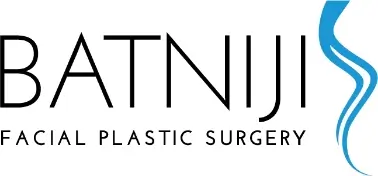I had a rhinoplasty to fix my nose after it had been broken and was slightly bent. It seemed to fix the bending part but I now seem to have a hump on my nose. Why would this have happened and is there anything that can be done about it now?
There are several possible reasons why you may experience a hump on your nose after rhinoplasty. On occasion, swelling can occur along the bridge of the nose which will result in a slight hump. If patients develop a hump on the nose that is due to swelling, steroid injections in the area of swelling can sometimes address this issue. A particular position where steroid injections are of extreme benefit is in a region called the supra-tip. The supra-tip region of the nose is just above the tip of the nose. It is in this area that, if there is quite a bit of swelling, can give the appearance of a poly-beak deformity to the tip of the nose. In these instances, steroid injections can be helpful. Another potential solution to a hump on the nose that is caused by swelling is taping of the nose. After rhinoplasty, if the patient has a lot of swelling once the cast is removed, I may instruct the patient to tape the bridge of the nose. I show the patient how to tape the nose and I also provide them with a roll of tape. The tape is very gentle to the skin as it is paper tape.
Another possible cause of a hump on the nose is a cartilaginous hump. Basically the dorsum or bridge of the nose is composed of bone and cartilage. There can be excessive cartilage to the bridge of the nose causing a hump. If it is a very small specific area where the hump is and it is due to cartilage, there is a technique I use with a needle to scrape down the hump of cartilage in the office under local anesthesia. This is a very well-tolerated procedure and can address little ridges or humps that are caused by cartilage. However, if the hump is due to bone it may require a revision procedure to shave down the bony hump. While I prefer to wait approximately 6 to 12 months prior to doing a revision procedure, if the hump is noticeably obvious and the patient has an interest in addressing it sooner rather than later, we may consider earlier intervention.

